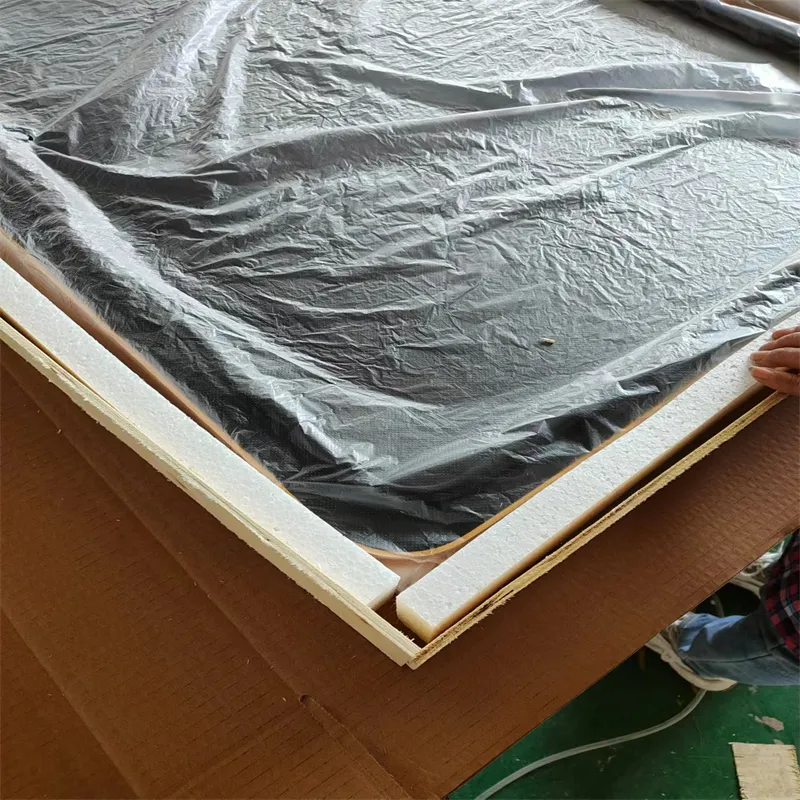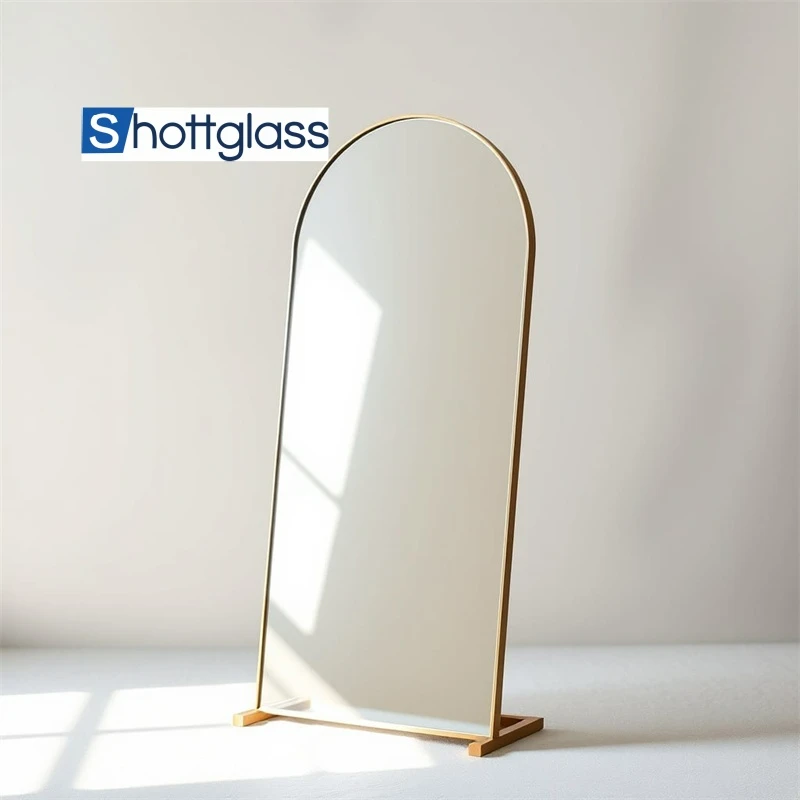Sep . 04, 2024 00:51 Back to list
types of tinted glass
Exploring Types of Tinted Glass Enhancing Aesthetics and Functionality
Tinted glass is a popular choice in modern architecture and design, offering both aesthetic appeal and practical benefits
. It is created by adding metal oxides or colorants to the glass during its manufacturing process, resulting in a variety of shades and levels of transparency. This article explores the different types of tinted glass, highlighting their unique characteristics and applications.One of the most common types of tinted glass is solar control glass. This type is designed primarily to reduce glare and heat gain from the sun, making it ideal for buildings in sunny climates. Solar control glass is available in various shades, such as bronze, gray, and green, each providing different levels of light transmission and heat absorption. By utilizing solar control glass, buildings not only enhance their energy efficiency but also create a more comfortable indoor environment.
Another widely used form of tinted glass is reflective glass. This type features a metallic coating on one side, which reflects sunlight and reduces heat penetration. Reflective glass is often utilized in commercial buildings, as its mirror-like finish adds a sleek, modern look while improving privacy. It is commonly available in shades such as blue, green, and silver, allowing architects to achieve their desired aesthetic while benefiting from energy savings.
types of tinted glass

Laminated tinted glass is another intriguing option. This type is made by sandwiching a colored interlayer between two pieces of clear glass. Laminated tinted glass not only provides the benefits of tinted glass—such as UV protection and reduced glare—but also enhances safety and sound insulation. It’s commonly used in residential and commercial applications where safety is a priority, such as in glass facades, skylights, and railings.
For those seeking a more artistic touch, decorative tinted glass offers an array of colors and designs. This type includes etched, frosted, and patterned glass, which can be customized to suit various design themes. Decorative tinted glass is often used in interior spaces to create focal points or add an element of privacy without sacrificing light.
Finally, insulated tinted glass combines energy efficiency with the benefits of tinting. This type features two or more panes of glass separated by a space filled with air or gas, providing superior thermal insulation. Insulated tinted glass is ideal for residential windows and exterior doors where energy conservation is essential.
In conclusion, tinted glass comes in various forms, each serving unique purposes. From enhancing energy efficiency to adding visual interest, tinted glass is an excellent choice for both commercial and residential applications. Whether it’s for functional or aesthetic reasons, the diverse types of tinted glass provide endless possibilities in modern design.
-
Mirror Glass: A Multifunctional Material in the Interweaving of Light and Shadow
NewsAug.20,2025
-
Laminated Glass: A Special Material That Safeguards Safety and Transparency
NewsAug.20,2025
-
Insulated Glass: The Ideal Choice for Building Energy Efficiency
NewsAug.20,2025
-
Frosted Glass: The Perfect Fusion of Hazy Aesthetics and Practical Functionality
NewsAug.20,2025
-
Coated Glass: A Fusion of Functionality and Aesthetics in Modern Decoration
NewsAug.20,2025
-
Clear Float Glass: A Transparent Aesthetic Carrier in Modern Decoration
NewsAug.20,2025
Related PRODUCTS














